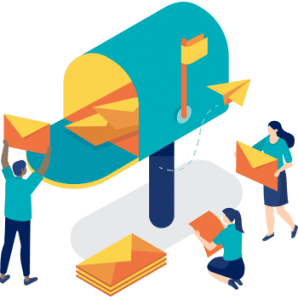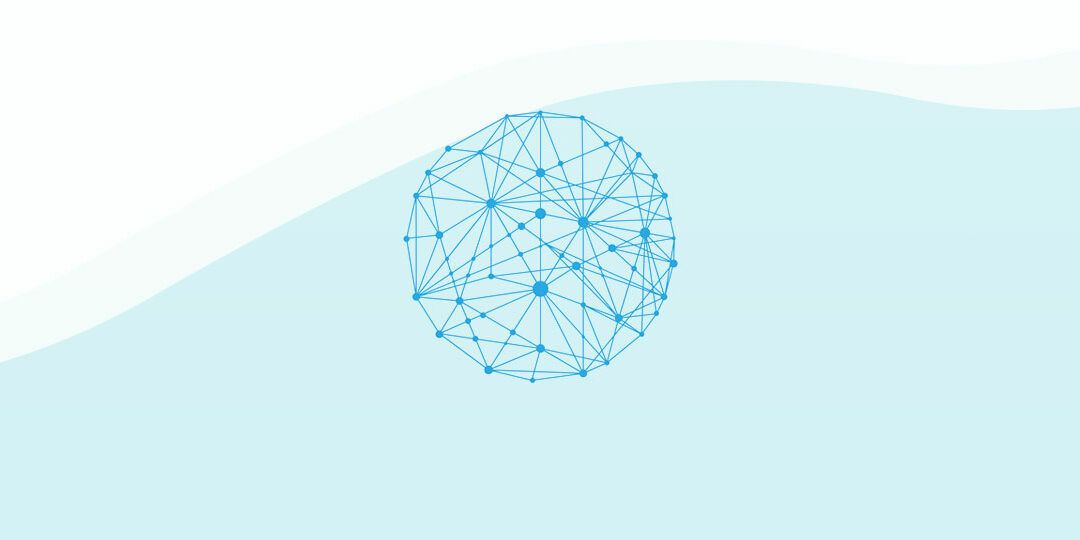In a recent article for Inside Higher Ed, leading enrollment marketing strategist Gil Rogers offered three digital rules he feels universities should break when trying to fix their student engagement plan in a “post-COVID world.”
“… we need to continue and expand upon the highly effective and measurable digital offerings we’ve spent so much time perfecting over the past two years,” writes Rogers in his story, “Fix Engagement by Breaking the Rules,” on April 13. “As we look ahead, it will be important to not let digital efforts go the way of high school visits and college fairs — things that we do with no real understanding of their true impact — and ultimately create a confusing, or worse, negative student experience.”
The three “low hanging fruit” digital rules he suggests breaking are: 1) “We Have to Be Live” (Simulate live experiences by pre-recording content and releasing it on a schedule); 2) Polish Before Promotion (Don’t put too much effort and emphasis on making content perfect); and 3) Keep Storing Data in Silos. That third digital rule isn’t so much a rule but “a problem with how most institutions treat recruitment data,” Rogers writes.
“For the record, investing in a college tour video with Amazon in and of itself isn’t a bad thing. This issue, however, is the inability to measure meaningful ROI with a video hosted on YouTube and embedded on a webpage. This limitation is a function of investing in disparate systems and platforms without a true plan for how they all fit together. It’s the reason most institutions can’t (or don’t) effectively track beyond the first source of an enrollment: doing anything more is just too hard.”
The key to breaking this rule — and addressing the problem — is to think about digital and in-person interactions as part of the same, continuous story.
“Using marketing automation and machine learning, we can connect the dots from visitors to our virtual tour, our .edu website and our institutionally branded videos and content,” Rogers writes. “This connectivity enables us to use machine learning to drive dynamic content and automations without our CRM to truly tailor the recruitment process for our prospective students.”
The kind of marketing automation and machine learning Rogers describes is what Capture Higher provides its client institutions every day as we help enrollment organizations across the country make personalized, data-driven, timely and measured connections with prospective students.
Read Rogers’ full article here.




